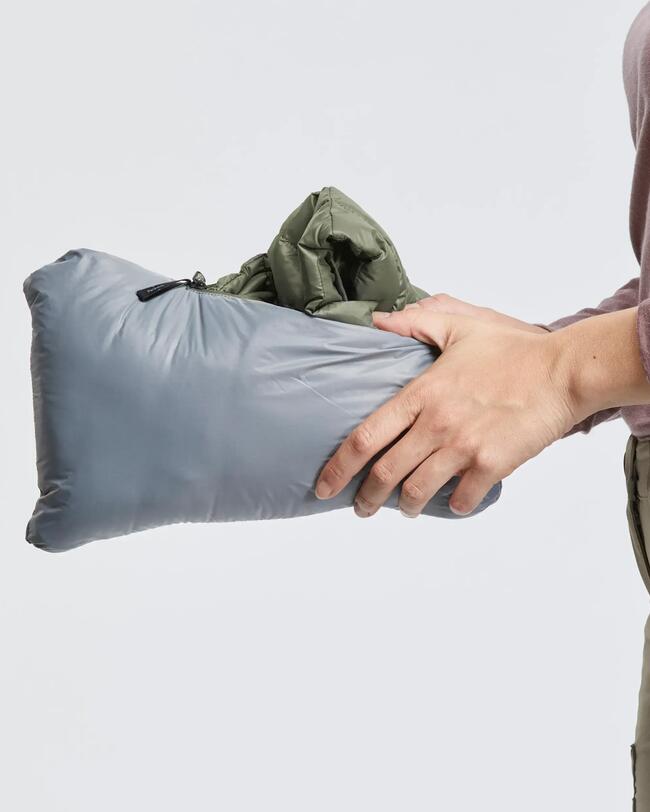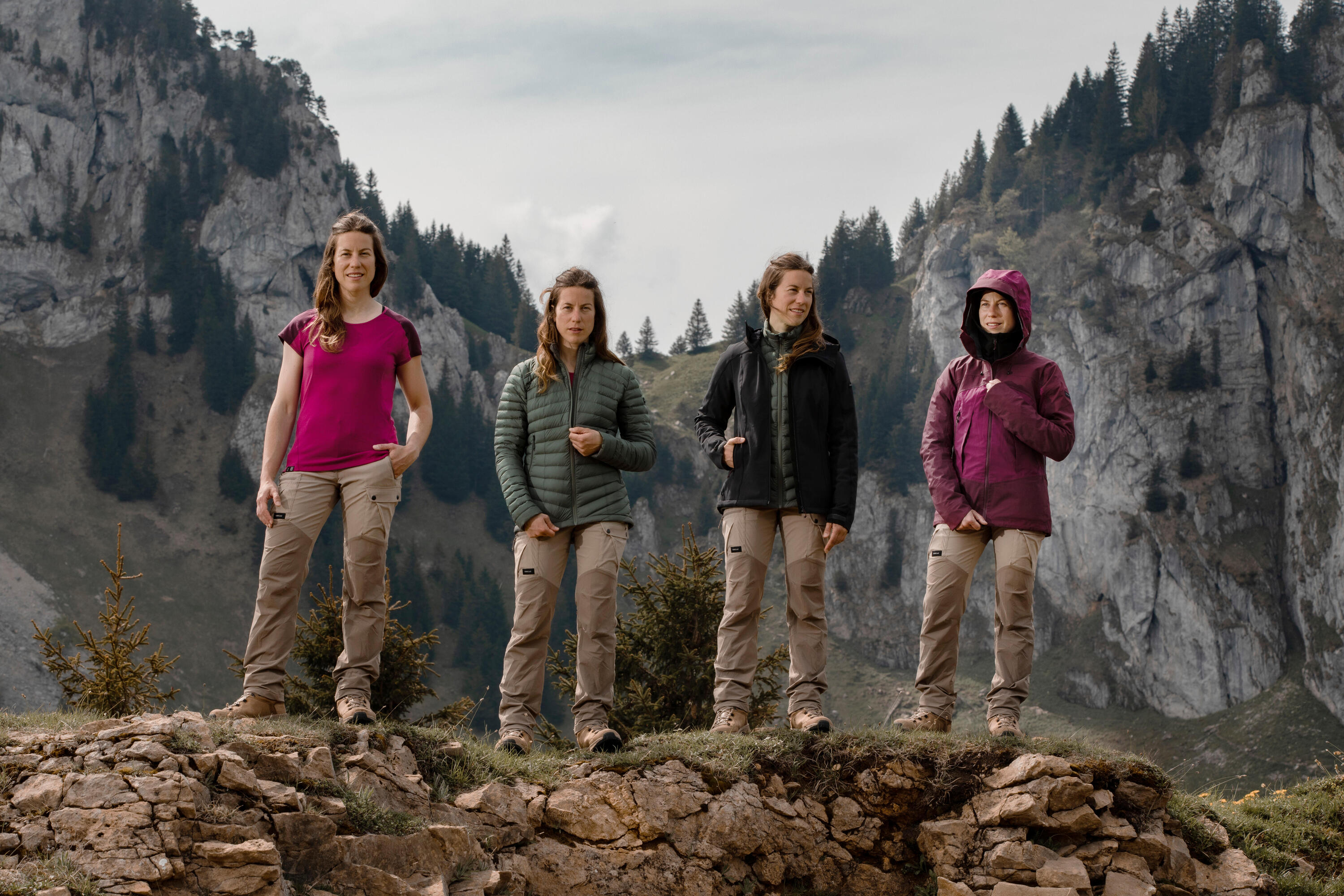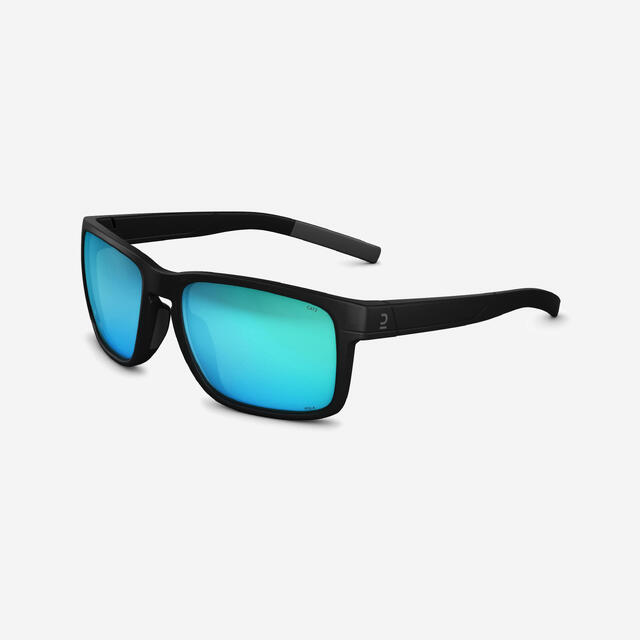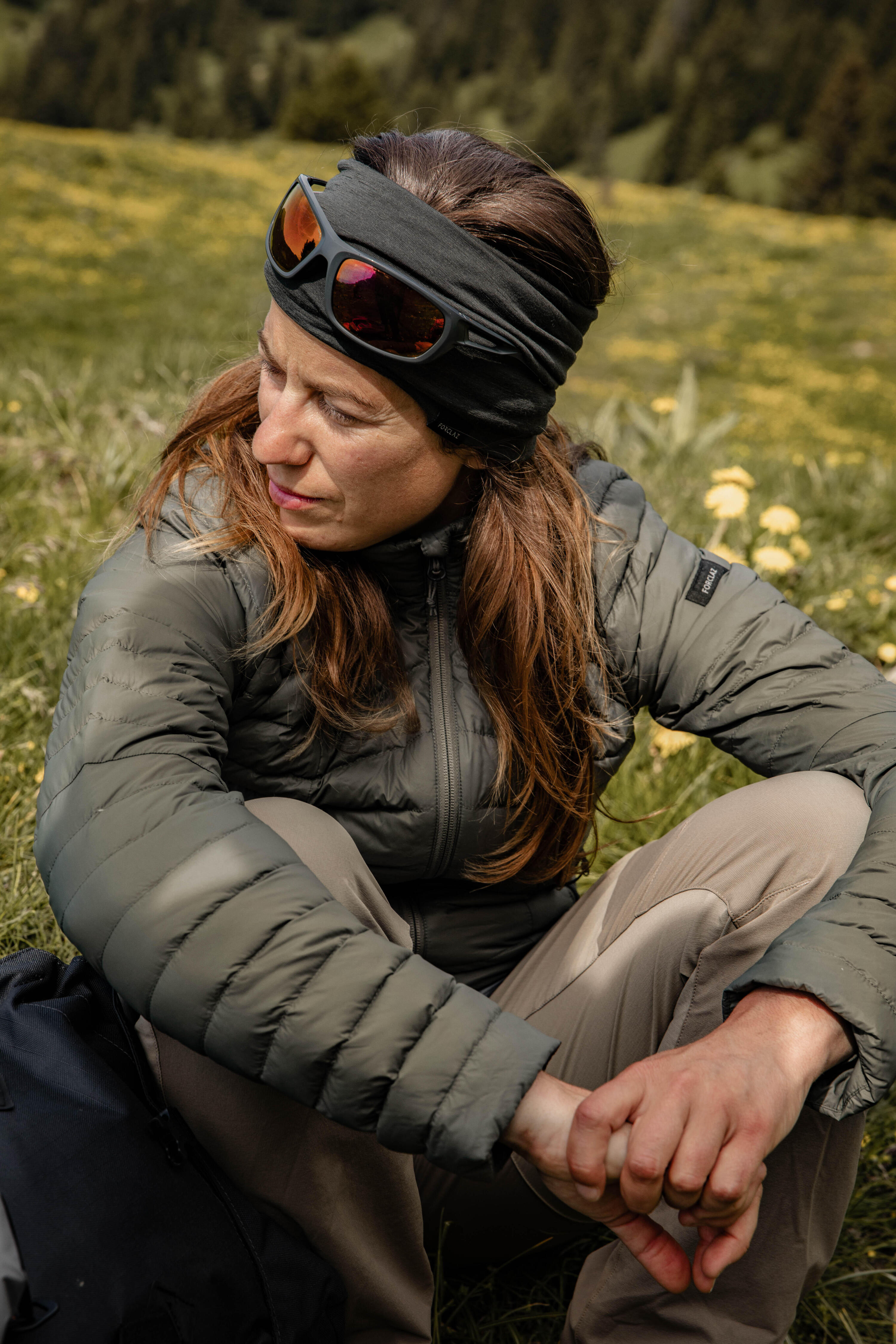Squashes for storage
In seconds, your beautifully voluminous jacket can be folded down into its own left pocket - magic.
| frequency | occasional |
| fit | fitted |
| number of pockets | 2 pockets |
| storage | stows in his pocket |
| hood | without hood |
| zip closed pocket, with pocket | |
| waterproof | water repellent |
| style | plain |
| main material | down |
| type of length | at the hips |
| condition | new |
| windproof | not windproof |
| air temperature | - 5°C |
| sleeves length | long sleeves |
| thumb pass | without thumb pass |
Filling: 10.0% Grey Duck Feather, 90.0% Grey Duck Down |
Main fabric: 100.0% Polyamide |
Main lining: 100.0% Polyamide |
Padding - Inner fabric: 100.0% Polyester |
Not suitable for hiking in rainy weather.
Store on a hanger in a dry place. Do not store folded in its pouch.
Do not dry clean.
Drying in tumble dryer possible. Low temperature, maximum drum exhaust temperature 60°C.
Do not iron.
Maximum washing temperature 30°C. Normal treatment.
Bleaching excluded.
| Raw material | 82.234% |
| Manufacturing | 4.892% |
| Packaging | 2.811% |
| Distribution | 7.325% |
| Use | 2.677% |
| End of life | 0.061% |
It is calculated by modelling the life cycle of the product following the recommendations of the PEF methodology (Product Environmental Footprint). This carbon footprint is an estimate. It may therefore be slightly overvalued or undervalued. Learn more

Squashes for storage
In seconds, your beautifully voluminous jacket can be folded down into its own left pocket - magic.

Stride through rain-showers
It's surface-treated (PFC-free) so the water slides straight off - your perfect ally when the forecast looks doubtful.

Responsible Down Standard Certification
Our feathers are certified by RDS.

Squashes for storage
In seconds, your beautifully voluminous jacket can be folded down into its own left pocket - magic.

Stride through rain-showers
It's surface-treated (PFC-free) so the water slides straight off - your perfect ally when the forecast looks doubtful.

Responsible Down Standard Certification
Our feathers are certified by RDS.

Squashes for storage
In seconds, your beautifully voluminous jacket can be folded down into its own left pocket - magic.

Stride through rain-showers
It's surface-treated (PFC-free) so the water slides straight off - your perfect ally when the forecast looks doubtful.

Responsible Down Standard Certification
Our feathers are certified by RDS.

Layering up foryour adventures


